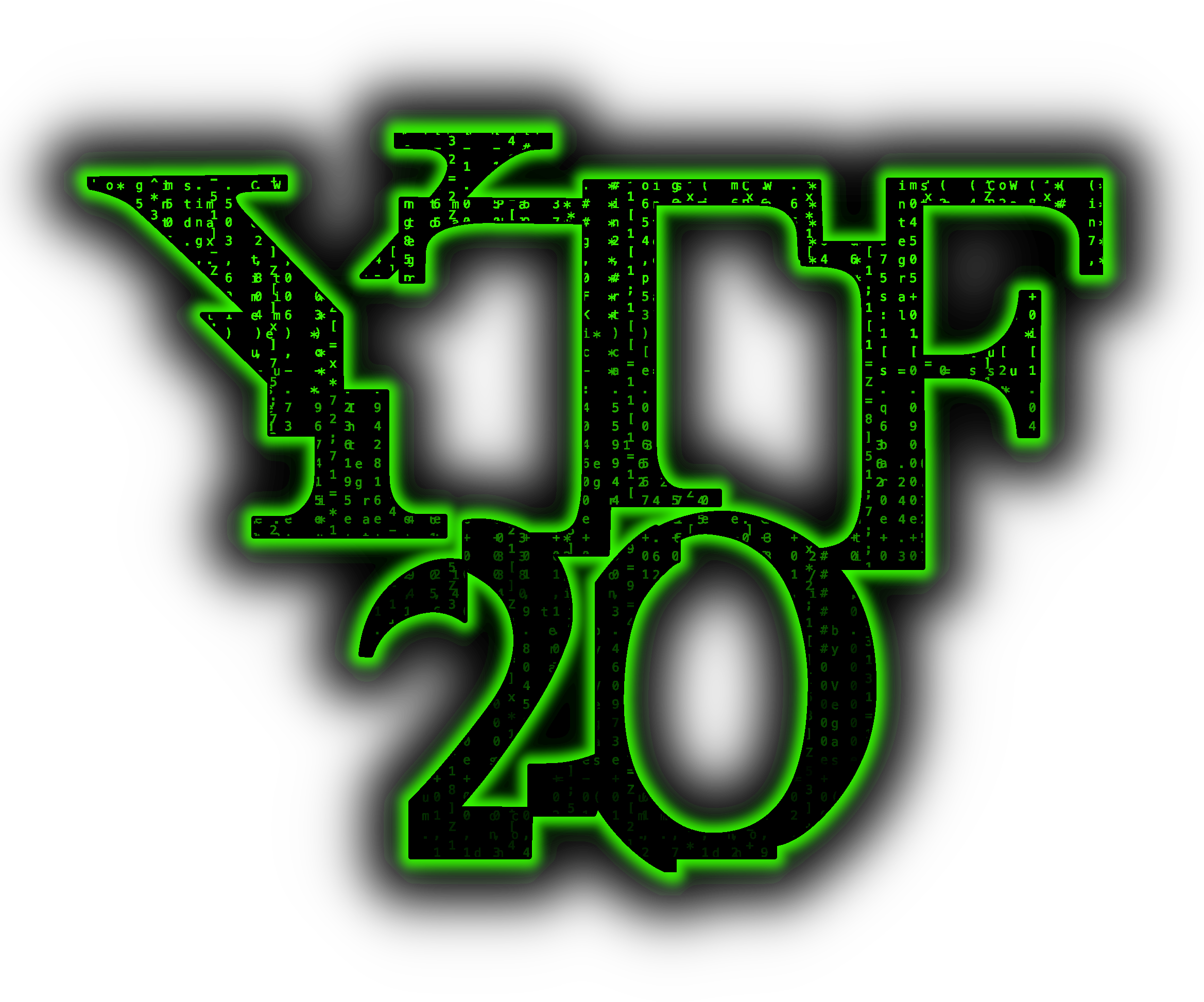Speaker
Description
The current experimentally measured parameters of the Standard Model (SM) suggest that our universe lies in a metastable electroweak vacuum, where the Higgs field could decay to a lower vacuum state with catastrophic consequences. Our measurements dictate that such an event has not happened yet, despite the many different mechanisms that could have triggered it during our past light-cone. Via this observation, we can establish a promising link between cosmology and particle physics and thus constrain important parameters of our theories. The focus of our work has been to explore this possibility by calculating the probability of the false vacuum to decay during the period of inflation and using it to constrain the last unknown renormalisable SM parameter $\xi$, which couples the Higgs field with space-time curvature. In our latest study, we derived lower bounds for the Higgs-curvature coupling from vacuum stability in three inflationary models: quadratic and quartic chaotic inflation, and Starobinsky-like power-law inflation. In contrast to most previous studies we took the time-dependence of the Hubble rate into account both in the geometry of our past light-cone and in the Higgs effective potential, which is approximated with three-loop renormalisation group improvement supplemented with one-loop curvature corrections. We find that in all three models, the lower bound is $\xi \geq 0.051 ... 0.066$ depending on the top quark mass. We also demonstrated that vacuum decay is most likely to happen a few e-foldings before the end of inflation.
| Length of talk | 15-25 minutes |
|---|---|
| Would you be interested in receiving feedback on your talk? | Yes |
| Are you happy for your talk to be recorded? | Yes |
| Will you be pre-recording your talk? | No |

